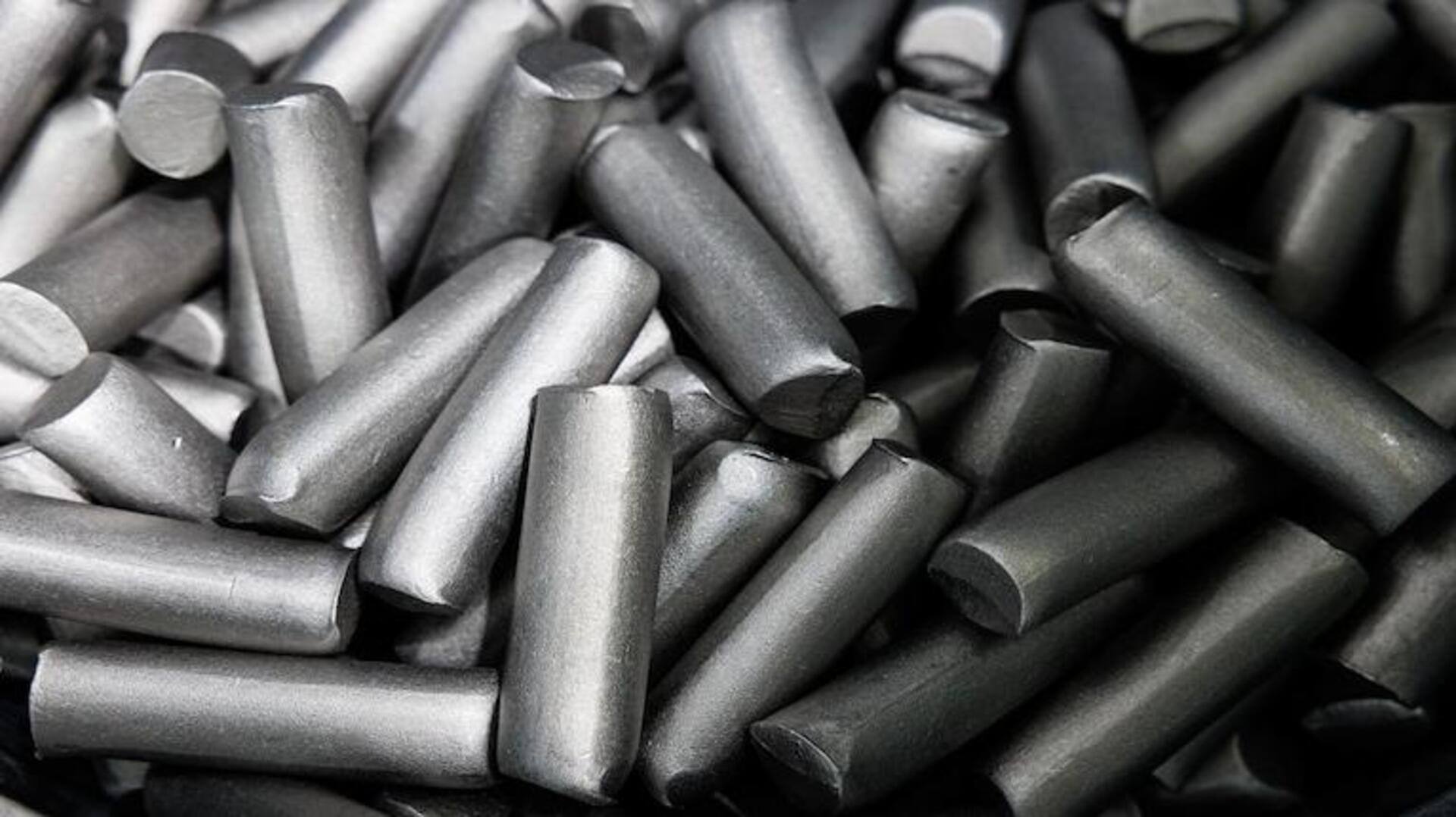
How India plans to challenge China's dominance in rare-earth magnets
What's the story
The Indian government is planning to significantly increase its incentive program for rare earth magnet manufacturing, nearly tripling it to over ₹7,000 crore ($788 million). The move comes as part of the country's efforts to build domestic capacity in a sector largely dominated by China. The proposal, which is pending cabinet approval, is a major upgrade from an earlier $290 million plan focused on securing critical materials for electric vehicles (EVs), renewable energy, and defense.
Strategic move
Supply chain disruptions due to China's export restrictions
India's rare earth expansion plan comes as several countries accelerate efforts to create a supply chain for these magnets. The push comes after China, which processes around 90% of global output, tightened export controls in April amid its trade dispute with the US. This has disrupted supplies for automakers worldwide. Earlier this year, Prime Minister Narendra Modi had emphasized that critical minerals should not be weaponized and called for stable, diversified global supply chains.
Hurdles
Challenges in India's quest for self-sufficiency
India's rare earth expansion plan is in line with global efforts to reduce dependence on China. However, it faces challenges like limited funding, low expertise, and long project timelines. The government initiative will back around five companies through a mix of production-linked and capital subsidies.
Investment
Alternative technologies and global supply options
The Indian government is also funding studies on synchronous reluctance motors, a technology that could reduce dependence on rare earth materials. Several overseas suppliers have shown interest in supplying these materials to India. The nation's estimated annual demand of about 2,000 tons of oxides can easily be met by global producers.